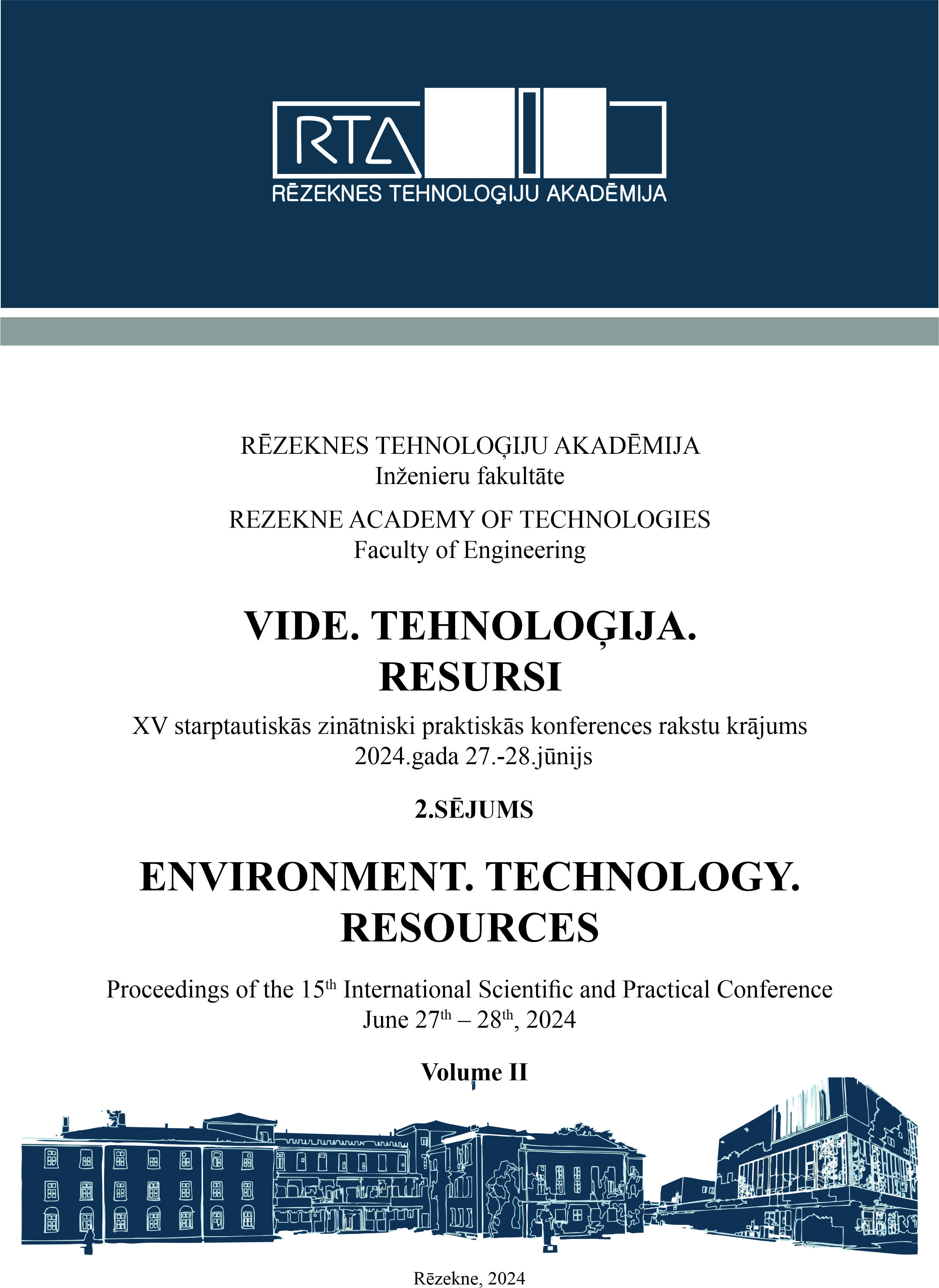ЕNHANCING STUDENTS’ CODING SKILLS WITH BLOOM'S TAXONOMY AND THE COMPETENCE APPROACH THROUGH EDUCATIONAL GAME DESIGN
DOI:
https://doi.org/10.17770/etr2024vol2.8066Keywords:
Coding Skills, Bloom's Taxonomy, Competence Approach, Educational Game DesignAbstract
This paper explores an innovative approach to enhancing students' coding skills by integrating Bloom's Taxonomy and the Competence Approach through the design and implementation of educational games. The rapid evolution of technology necessitates a dynamic pedagogical framework that not only imparts technical knowledge but also fosters higher-order thinking skills. Bloom's Taxonomy provides a structured hierarchy of cognitive skills, ranging from basic understanding to advanced synthesis and evaluation, offering a comprehensive framework for curriculum development. Concurrently, the Competence Approach emphasizes the practical application of knowledge, focusing on real-world skills and problem-solving. In this study, we propose the synthesis of these two pedagogical frameworks to create a robust and effective methodology for teaching coding to students. By aligning specific coding tasks with Bloom's Taxonomy levels and integrating real-world problem-solving scenarios using the Competence Approach, educators can develop a curriculum that caters to diverse learning styles and cognitive abilities. To implement this approach, we advocate the use of educational games as a powerful and engaging tool for active learning.
References
A. Robins and J. Rountree, Learning and Teaching Programming: A Review and Discussion. Computer Science Education. 13(2), pp. 137-172, DOI:10.1076/csed.13.2.137.14200.
B. M. Block, An innovative teaching approach in Engineering Education to impart reflective digitalization competences, IEEE Frontiers in Education Conference (FIE), San Jose, CA, USA, 2018, pp. 1-5, doi: 10.1109/FIE.2018.8658604.
B.S. Bloom, Taxonomy of Educational Objectives, Handbook: The Cognitive Domain. David McKay, New York, 1956.
G. Fortes, H. Premsukh, and L. Nacke, A theory of gamification principles through goal-setting theory. Hawaii International Conference on System Sciences, 2018.
J. E. Hannay, D. I. K. Sjoberg and T. Dyba, A Systematic Review of Theory Use in Software Engineering Experiments, IEEE Transactions on Software Engineering, vol. 33, no. 2, pp. 87-107, 2007, doi: 10.1109/TSE.2007.12.
J. P. Gee, Good Video Games and Good Learning: Collected Essays on Video Games, Learning and Literacy. Peter Lang, New York, 2007.
K. Dyulgerova, D. Atanasova, 2020. Stem club for extracurricular work – a way to stimulate students Proceedings of 14th International Technology, Education and Development Conference (INTED), pp. 6508-6517.
K. Shoilekova, Advantages of Data Mining for Digital Transformation of the Educational System. In Artificial Intelligence in Intelligent Systems. CSOC 2021. Lecture Notes in Networks and Systems, vol 229. Springer, Cham, 2021, vol. 2, pp. 450-454.
M. Sabin, H. Alrumaih and J. Impagliazzo, A competency-based approach toward curricular guidelines for information technology education, IEEE Global Engineering Education Conference (EDUCON), Santa Cruz de Tenerife, Spain, 2018, pp. 1214-1221, doi: 10.1109/EDUCON.2018.8363368.
P. Moreno-Ger, Daniel Burgos, Iván Martínez-Ortiz, José Luis Sierra and Baltasar Fernandez-Manjon. Educational game design for online education. Comput. Hum. Behav. 24 2008, pp. 2530-2540.
Downloads
Published
Issue
Section
License
Copyright (c) 2024 Valentina Voinohovska, Julia Doncheva

This work is licensed under a Creative Commons Attribution 4.0 International License.



